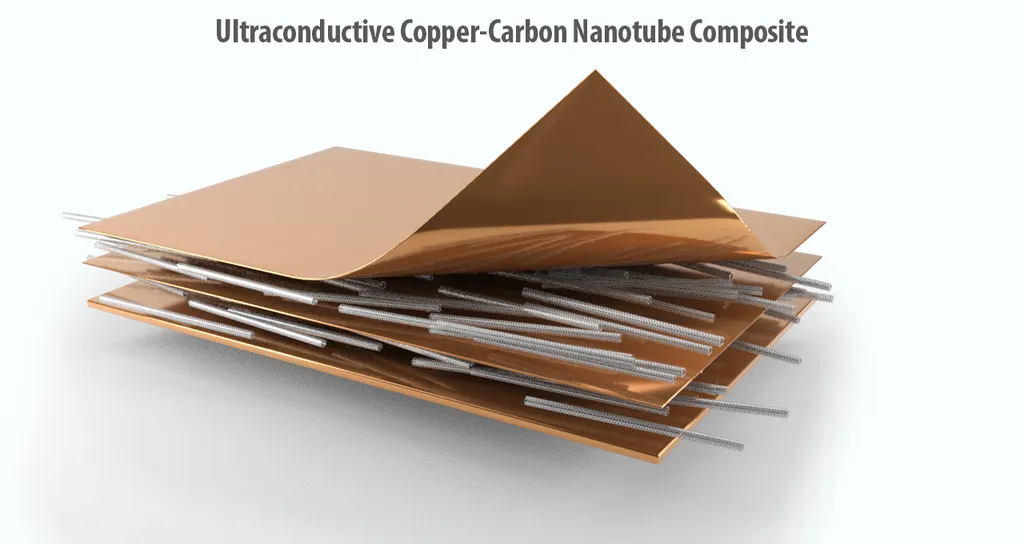In the quest for materials that can withstand the demanding conditions of modern energy systems, researchers have turned to composite materials, blending the best properties of different substances to create something greater than the sum of their parts. A recent study published in the journal *Materials Research* (translated from Portuguese as *Pesquisa de Materiais*), led by A.C. Marques, sheds light on the behavior of copper-tungsten carbide (Cu-WC) composites, offering insights that could revolutionize the design of electrical conductors and heat sinks in the energy sector.
The study focused on the sintering behavior of Cu-WC composites, a process where powdered materials are compacted and heated to form a solid mass. Marques and his team explored how varying the duration of High-Energy Ball Milling (HEBM) affects the final properties of the composite. They milled the composite powder at 400 RPM for 2, 10, and 20 hours, then compacted it at 150 MPa and sintered it at 900°C with a 1-hour isothermal hold.
The results were revealing. Longer milling times led to significant powder expansion up to 750°C, followed by greater shrinkage due to diffusion mechanisms. “We observed that extended milling times enhanced atomic diffusion during sintering, resulting in a more homogeneous structure,” Marques explained. This finding is crucial for industries seeking to improve the performance and longevity of their materials.
One of the most compelling discoveries was the improved carbide distribution in the copper matrix for samples milled for 10 hours. This suggests that there’s an optimal milling time for achieving the best distribution of reinforcing particles within the matrix. Additionally, the highest microhardness was achieved at 20 hours of milling, attributed to a refined microstructure. “The enhanced hardness is a direct result of the refined microstructure, which is achieved through extended milling times,” Marques noted.
The implications for the energy sector are substantial. Cu-WC composites are already valued for their electrical conductivity and heat resistance, making them ideal for applications such as electrical contacts and heat sinks. The findings from this study could lead to the development of more durable and efficient materials, capable of withstanding the harsh conditions of power generation and transmission.
As the energy sector continues to evolve, the demand for advanced materials that can perform under extreme conditions will only grow. This research provides a roadmap for optimizing the properties of Cu-WC composites, potentially unlocking new possibilities for innovation in the field. “Our findings could pave the way for the development of next-generation materials that are not only stronger but also more efficient,” Marques said.
In the broader context, this study highlights the importance of understanding the fundamental processes that govern material behavior. By delving into the intricacies of sintering and microstructure, researchers can uncover new ways to enhance the performance of materials, ultimately driving progress in various industries.
As the energy sector continues to push the boundaries of what’s possible, the insights gained from this research could prove invaluable. By optimizing the properties of Cu-WC composites, we can look forward to a future where materials are not just stronger and more durable, but also more efficient and sustainable. This is a testament to the power of scientific inquiry and its potential to shape the future of technology and industry.

